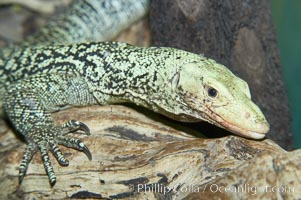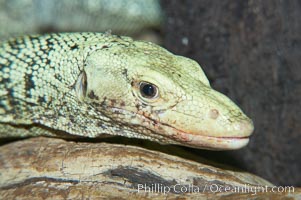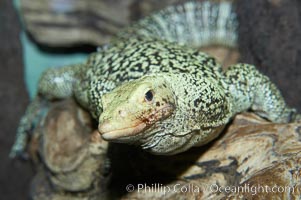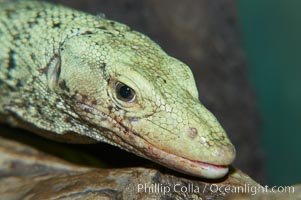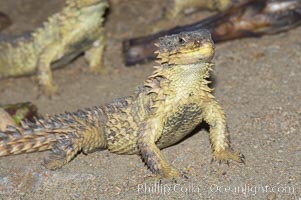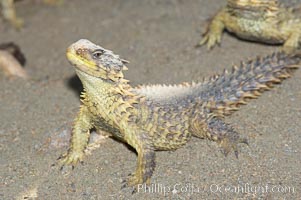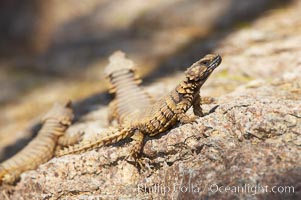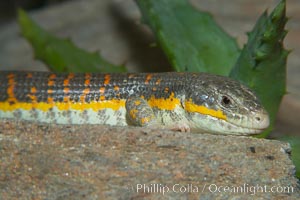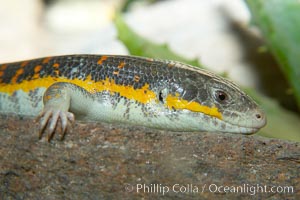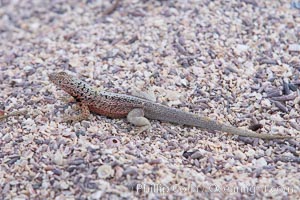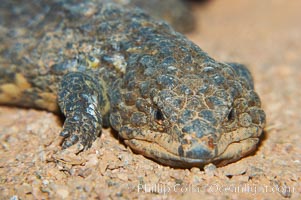
Shingleback lizard. This lizard has a fat tail shaped like its head, which can fool predators into attacking the wrong end of the shingleback.
Species: Shingleback lizard, Trachydosaurus
Image ID: 12574
Species: Shingleback lizard, Trachydosaurus
Image ID: 12574
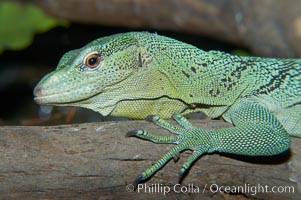
Emerald tree monitor lizard. Arboreal, dwelling in trees in New Guinea jungles where it hunts birds and small mammals.
Species: Emerald tree monitor lizard, Varanus prasinus prasinus
Image ID: 12602
Species: Emerald tree monitor lizard, Varanus prasinus prasinus
Image ID: 12602
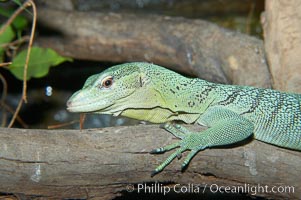
Emerald tree monitor lizard. Arboreal, dwelling in trees in New Guinea jungles where it hunts birds and small mammals.
Species: Emerald tree monitor lizard, Varanus prasinus prasinus
Image ID: 12603
Species: Emerald tree monitor lizard, Varanus prasinus prasinus
Image ID: 12603
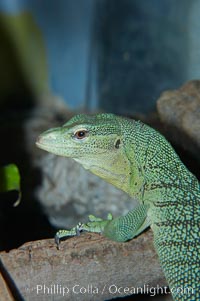
Emerald tree monitor lizard. Arboreal, dwelling in trees in New Guinea jungles where it hunts birds and small mammals.
Species: Emerald tree monitor lizard, Varanus prasinus prasinus
Image ID: 12604
Species: Emerald tree monitor lizard, Varanus prasinus prasinus
Image ID: 12604
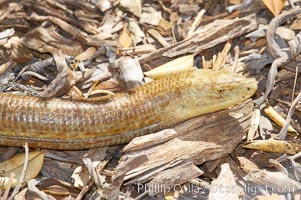
European glass lizard. Without legs, the European glass lizard appears to be a snake, but in truth it is a species of lizard. It is native to southeastern Europe.
Species: European glass lizard, Pseudopus apodus
Image ID: 12742
Species: European glass lizard, Pseudopus apodus
Image ID: 12742
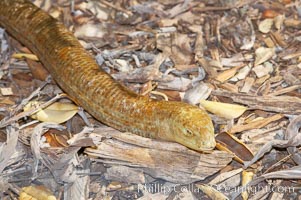
European glass lizard. Without legs, the European glass lizard appears to be a snake, but in truth it is a species of lizard. It is native to southeastern Europe.
Species: European glass lizard, Pseudopus apodus
Image ID: 12743
Species: European glass lizard, Pseudopus apodus
Image ID: 12743
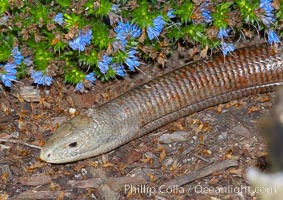
European glass lizard. Without legs, the European glass lizard appears to be a snake, but in truth it is a species of lizard. It is native to southeastern Europe.
Species: European glass lizard, Pseudopus apodus
Image ID: 12744
Species: European glass lizard, Pseudopus apodus
Image ID: 12744
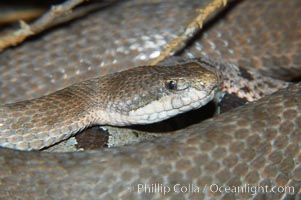
Twin-spotted rattlesnake, native to southern Arizona, is a small rattlesnake occupying talus slopes at high elevations and preying on lizards.
Species: Two-spotted rattlesnake, Crotalus pricei
Image ID: 12817
Species: Two-spotted rattlesnake, Crotalus pricei
Image ID: 12817
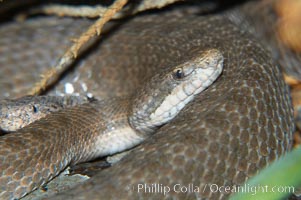
Twin-spotted rattlesnake, native to southern Arizona, is a small rattlesnake occupying talus slopes at high elevations and preying on lizards.
Species: Two-spotted rattlesnake, Crotalus pricei
Image ID: 12818
Species: Two-spotted rattlesnake, Crotalus pricei
Image ID: 12818
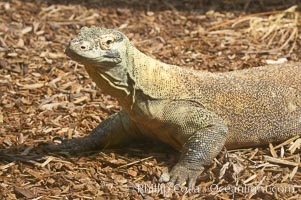
Komodo dragon, the worlds largest lizard, grows to 10 feet (3m) and over 500 pounds. They have an acute sense of smell and are notorious meat-eaters. The saliva of the Komodo dragon is deadly, an adaptation to help it more quickly consume its prey.
Species: Komodo dragon, Varanus komodoensis
Image ID: 12820
Species: Komodo dragon, Varanus komodoensis
Image ID: 12820
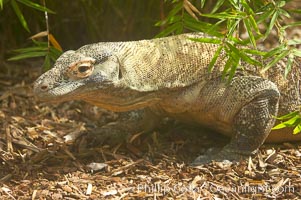
Komodo dragon, the worlds largest lizard, grows to 10 feet (3m) and over 500 pounds. They have an acute sense of smell and are notorious meat-eaters. The saliva of the Komodo dragon is deadly, an adaptation to help it more quickly consume its prey.
Species: Komodo dragon, Varanus komodoensis
Image ID: 12821
Species: Komodo dragon, Varanus komodoensis
Image ID: 12821
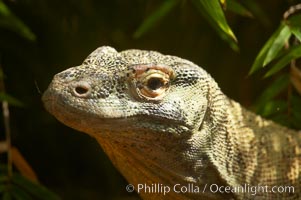
Komodo dragon, the worlds largest lizard, grows to 10 feet (3m) and over 500 pounds. They have an acute sense of smell and are notorious meat-eaters. The saliva of the Komodo dragon is deadly, an adaptation to help it more quickly consume its prey.
Species: Komodo dragon, Varanus komodoensis
Image ID: 12822
Species: Komodo dragon, Varanus komodoensis
Image ID: 12822
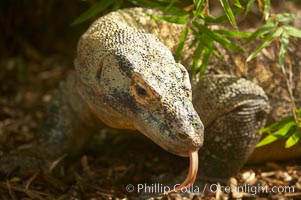
Komodo dragon, the worlds largest lizard, grows to 10 feet (3m) and over 500 pounds. They have an acute sense of smell and are notorious meat-eaters. The saliva of the Komodo dragon is deadly, an adaptation to help it more quickly consume its prey.
Species: Komodo dragon, Varanus komodoensis
Image ID: 12823
Species: Komodo dragon, Varanus komodoensis
Image ID: 12823
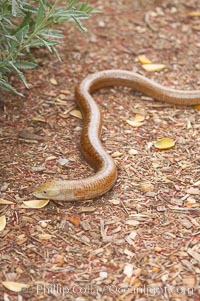
European glass lizard. Without legs, the European glass lizard appears to be a snake, but in truth it is a species of lizard. It is native to southeastern Europe.
Species: European glass lizard, Pseudopus apodus
Image ID: 12826
Species: European glass lizard, Pseudopus apodus
Image ID: 12826
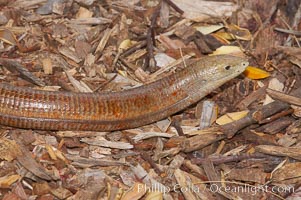
European glass lizard. Without legs, the European glass lizard appears to be a snake, but in truth it is a species of lizard. It is native to southeastern Europe.
Species: European glass lizard, Pseudopus apodus
Image ID: 12827
Species: European glass lizard, Pseudopus apodus
Image ID: 12827
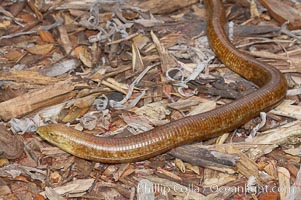
European glass lizard. Without legs, the European glass lizard appears to be a snake, but in truth it is a species of lizard. It is native to southeastern Europe.
Species: European glass lizard, Pseudopus apodus
Image ID: 12828
Species: European glass lizard, Pseudopus apodus
Image ID: 12828
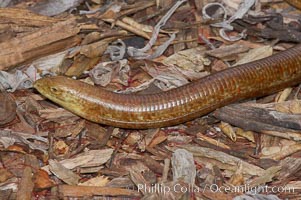
European glass lizard. Without legs, the European glass lizard appears to be a snake, but in truth it is a species of lizard. It is native to southeastern Europe.
Species: European glass lizard, Pseudopus apodus
Image ID: 12829
Species: European glass lizard, Pseudopus apodus
Image ID: 12829
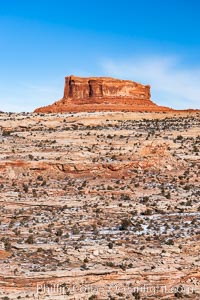
Monitor Butte (right), formed of Entrada sandstone with Carmel and Dewey Bridge formations comprising the basal slope and whiter Navajo sandstone below.
Location: Island in the Sky, Canyonlands National Park, Utah
Image ID: 18095
Location: Island in the Sky, Canyonlands National Park, Utah
Image ID: 18095
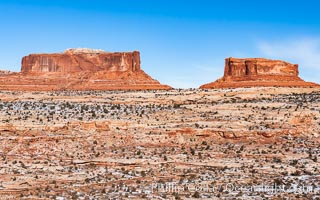
Merrimac Butte (left) and Monitor Butte (right), formed of Entrada sandstone with Carmel and Dewey Bridge formations comprising the basal slope and whiter Navajo sandstone below.
Location: Island in the Sky, Canyonlands National Park, Utah
Image ID: 18096
Location: Island in the Sky, Canyonlands National Park, Utah
Image ID: 18096
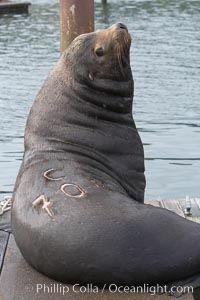
A bull sea lion shows a brand burned into its hide by the Oregon Department of Fish and Wildlife, to monitor it from season to season as it travels between California, Oregon and Washington. Some California sea lions, such as this one C-704, prey upon migrating salmon that gather in the downstream waters and fish ladders of Bonneville Dam on the Columbia River. The "C" in its brand denotes Columbia River. These sea lions also form bachelor colonies that haul out on public docks in Astoria's East Mooring Basin and elsewhere, where they can damage or even sink docks.
Species: California sea lion, Zalophus californianus
Location: Columbia River, Astoria, Oregon
Image ID: 19430
Species: California sea lion, Zalophus californianus
Location: Columbia River, Astoria, Oregon
Image ID: 19430
